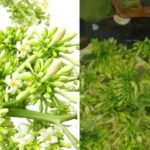The bellflower, also known as the purple bellflower, is a beautiful, bell-shaped flower that has recently gained popularity among families who choose to grow it in their gardens for ornamental purposes. There are also claims that this flower has medicinal properties. Let’s explore more about the purple bellflower in the following article.
1 What is the Purple Bellflower?
Origin and Significance of the Purple Bellflower
The purple bellflower, scientifically known as Digitalis purpurea, is native to Western Europe.
With its eye-catching, shimmering purple color, the purple bellflower is commonly grown as an ornamental plant in Western countries, often adorning entrances, gardens, and pathways.
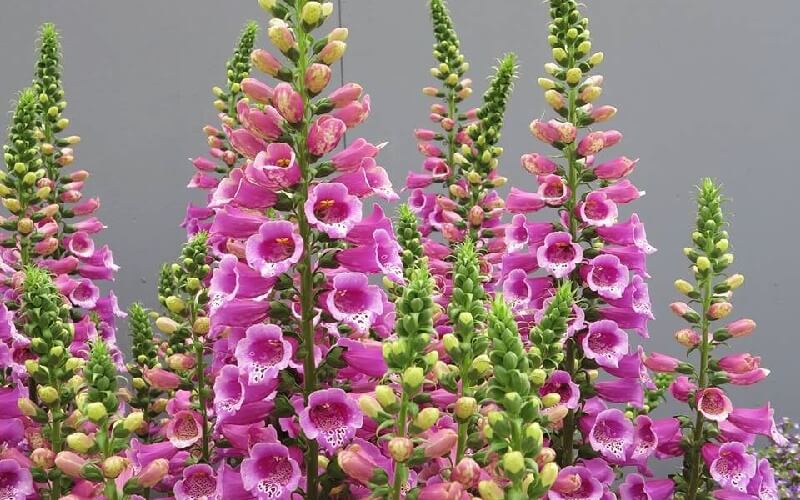 The captivating beauty of purple bellflowers
The captivating beauty of purple bellflowers
Characteristics and Classification of the Purple Bellflower
A distinctive feature of the purple bellflower is its clump-forming habit, with a stem height of about 50cm. However, the top of the plant can grow up to three times taller than the stem and root, and its leaves are broad and lanceolate-shaped.
Purple bellflowers usually bloom in early or late October and continue until early January. The flowers resemble little bells, blooming in purple clusters towards the top of the plant, with white seeds.
 Purple bellflower’s main component is cardiac glycosides
Purple bellflower’s main component is cardiac glycosides
According to some studies, the purple bellflower contains cardiac glycosides as its primary chemical component, including Digoxin, digitoxin lanatoside, and other substances like flavonoids, anthraquinones, and saponins.
2 Benefits of the Purple Bellflower
The discovery of the medicinal properties of the purple bellflower is credited to William Withering, a 17th-century English doctor. Notably, he found that this plant contains significant compounds that support the treatment of heart conditions.
The cardiac glycosides in purple bellflowers are beneficial for heart-related ailments, especially when the condition worsens, and the ability to maintain circulation decreases. In such cases, this compound helps the heart beat stronger and slower while requiring less oxygen.
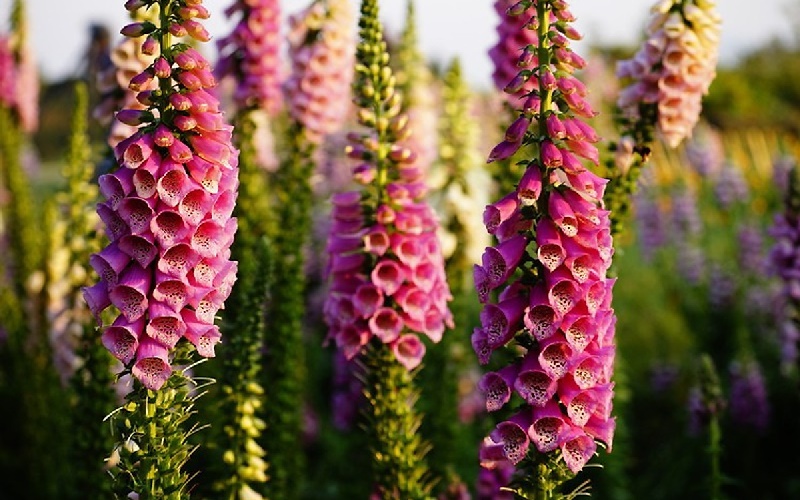 Purple bellflowers blooming in clusters
Purple bellflowers blooming in clusters
Additionally, the purple bellflower is useful for stimulating urine production, acting as a diuretic, and aiding in the treatment of headaches, wounds, burns, and spasms.
However, it is important to note that in some cases, the use of purple bellflowers may cause side effects, especially for pregnant or breastfeeding women, or individuals taking other medications. Therefore, it is advisable to consult a doctor before using any medication derived from purple bellflowers.
3 How to Grow and Care for Purple Bellflowers
To have vibrant pots or gardens filled with blooming purple bellflowers, follow these guidelines on how to grow and care for them:
Growing Purple Bellflowers at Home
The primary method of propagating purple bellflowers is through seed sowing.
Soil: Opt for well-drained, nutrient-rich soil. You can mix fertilizer with the soil and lightly water it to increase moisture retention.
Seeds: Choose high-quality, sturdy seeds to increase the germination rate.
Sowing Method: Directly sow the seeds onto the prepared soil, covering them with a thin layer of soil. Water the seeds using a misting spray, maintaining moisture to encourage germination.
The ideal time to plant purple bellflowers is in early April, or at the latest, in early May or June.
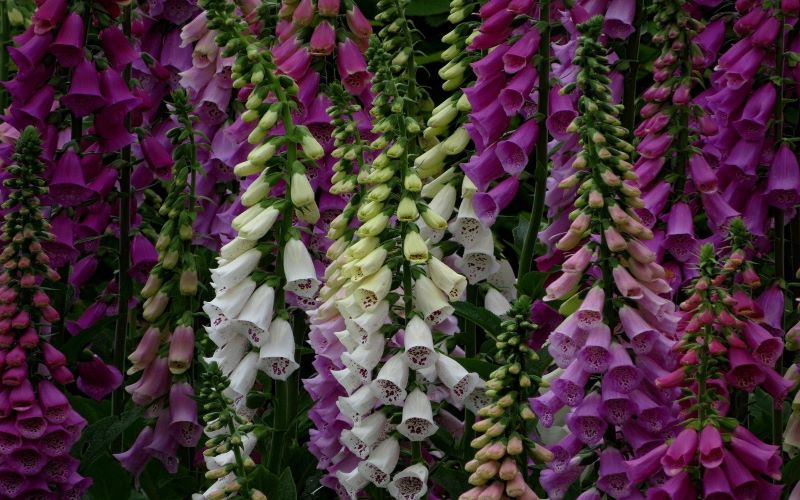 Growing purple bellflowers at home
Growing purple bellflowers at home
Caring for Purple Bellflowers
Once the seeds have germinated and the seedlings are strong enough, transfer them to small pots for easier care. As the plant matures, loosen the soil 1-2 times, being careful not to damage the roots by keeping the depth of soil loosening to within 3cm.
Watering and Lighting: Purple bellflowers thrive in cool, well-ventilated conditions. Water them in the early morning, either by misting or drip irrigation. When the flowers are in bloom, water only the roots, avoiding the flowers and leaves.
Fertilizer: For plants under one month old, spray them with trace element fertilizers. For older plants, add growth stimulants, and once the flowers bloom, supplement with Multi-K and calcium nitrate to prolong their beauty.
Pruning: When the plant reaches a height of 10-13cm, prune the smaller plants by cutting their stems close to the ground to prevent root damage to neighboring plants. To encourage concentrated blooming, remove the first two buds, as well as old leaves, wilted flowers, and faded blooms.
 Caring for purple bellflowers
Caring for purple bellflowers
Notes on Growing and Caring for Purple Bellflowers
- Grow purple bellflowers in an area with ample sunlight, ensuring nothing casts a shadow or creates shade over the plants.
- Keep the soil from completely drying out, using your finger to check the moisture level.
- Apply a layer of organic matter around the base of the plants to retain moisture and prevent weed growth.
- Regularly prune wilted flowers and old leaves to promote the healthy growth of purple bellflowers.
- Remove snails or harmful insects that may appear in your garden.
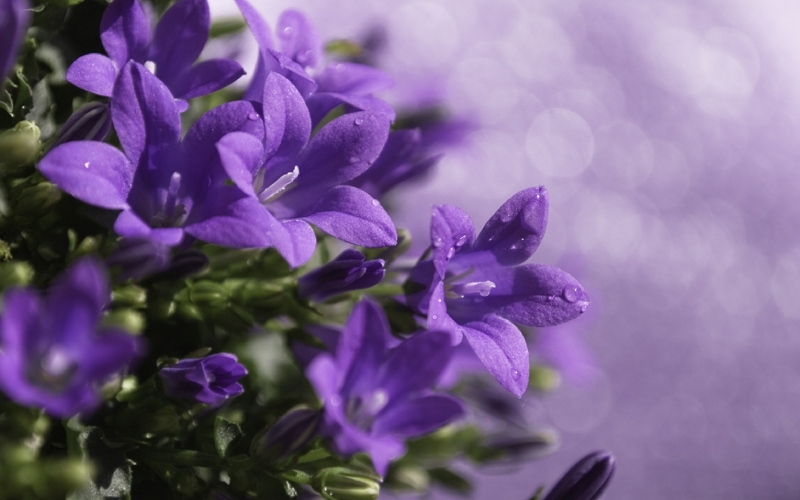 Notes on growing and caring for purple bellflowers
Notes on growing and caring for purple bellflowers
4 5 Stunning Images of the Purple Bellflower
 The captivating beauty of purple bellflowers
The captivating beauty of purple bellflowers
 Purple bellflowers blooming in clusters
Purple bellflowers blooming in clusters
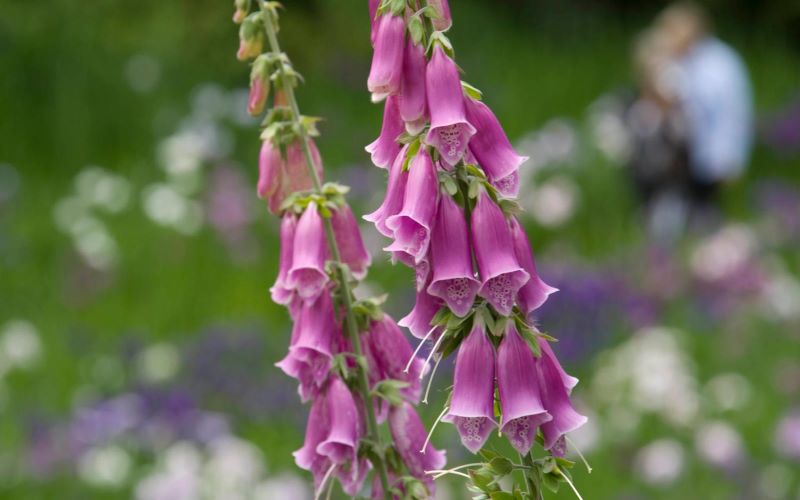 The medicinal and ornamental purple bellflower
The medicinal and ornamental purple bellflower
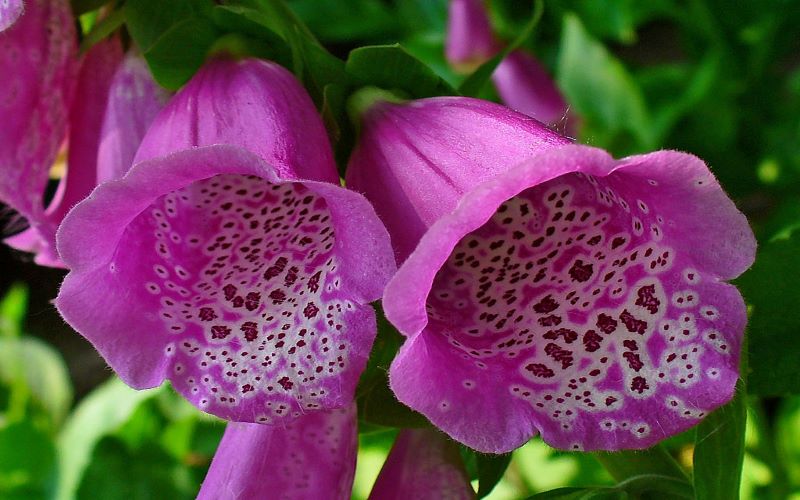 A close-up of a purple bellflower
A close-up of a purple bellflower
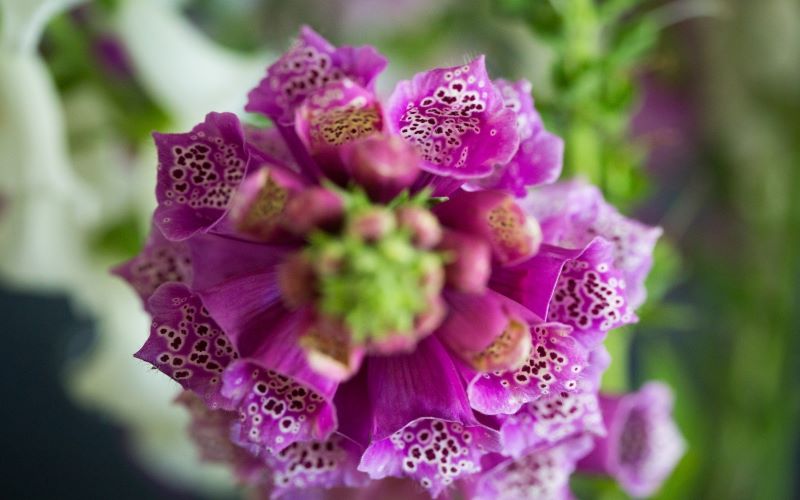 A cluster of blooming purple bellflowers
A cluster of blooming purple bellflowers
We hope that this article has provided you with valuable insights into the purple bellflower, a beautiful flower grown in both Western countries and Vietnam!




























